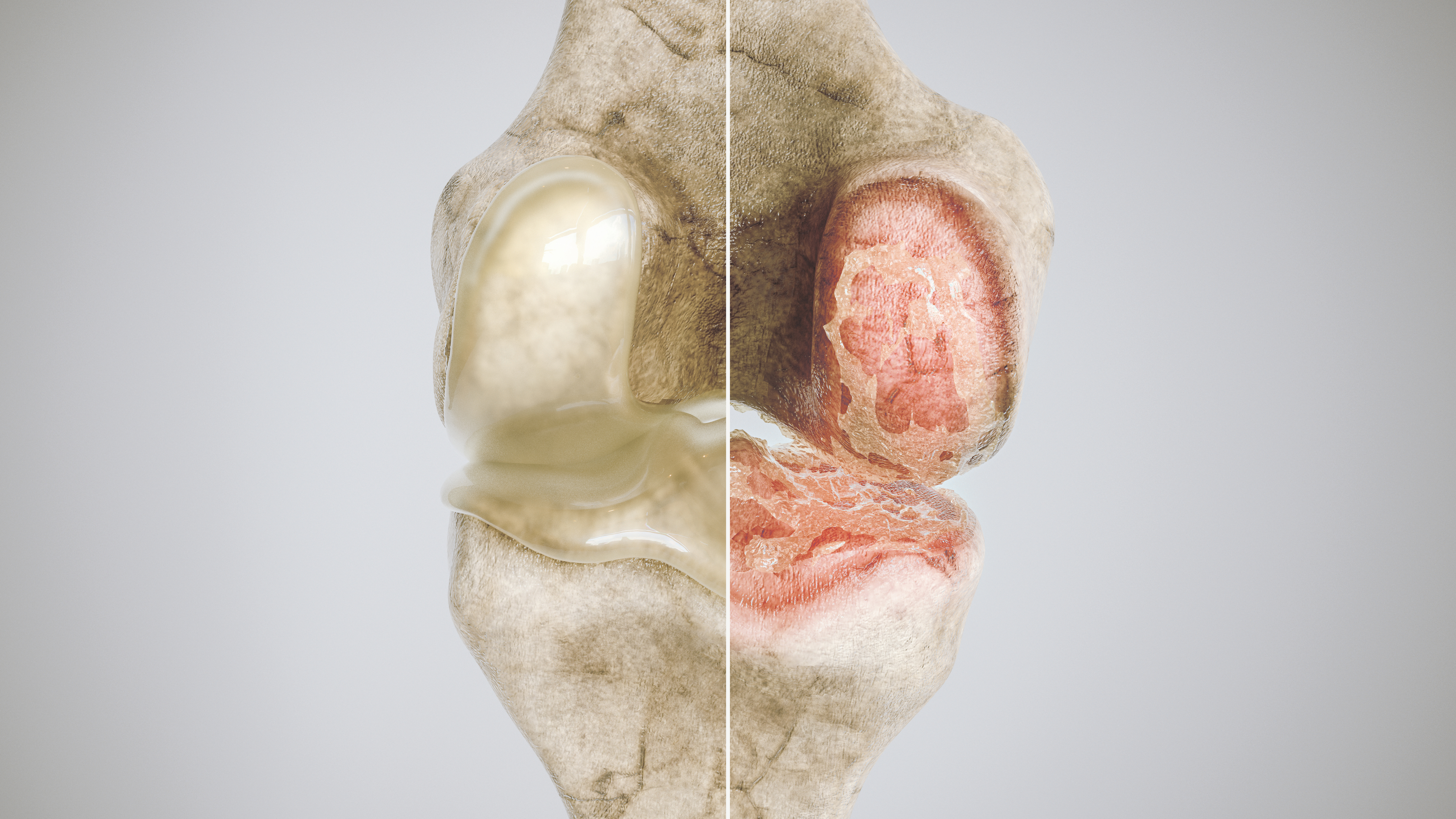
Investigators may have identified new biomarkers for detecting rheumatoid arthritis and osteoarthritis, according to a recent study published by Lee et al in Scientific Reports. The demographics, oral health conditions, and serological characteristics of 97 patients with rheumatoid arthritis, 31 patients with osteoarthritis, and 33 controls were compared. Investigators further divided the patients with rheumatoid arthritis into two groups: those with seronegative disease (n = 18) and those with seropositive disease (n = 79). Although the incidence of periodontal disease helped the investigators distinguish patients with osteoarthritis (100.0%) and rheumatoid arthritis (92.8%) from controls (0.0%), it was not deemed an effective distinguishing factor between the patient groups. However, xerostomia was more prevalent among patients who had rheumatoid arthritis (84.5%) compared with those who had osteoarthritis (3.2%) and controls (0.0%). Receiver operating characteristic analyses determined that compared with controls, periodontal disease (area under curve [AUC] = 1.00) halitosis (AUC = 0.746) and female sex (AUC = 0.663) were predictive of osteoarthritis; periodontal disease (AUC = 0.964), xerostomia (AUC = 0.923), age (AUC = 0.923), female sex (AUC = 0.660), and halitosis (AUC = 0.615) were predictive of rheumatoid arthritis. Additionally, xerostomia (odds ratio [OR] = 8,124.88, 95% confidence interval [CI] = 10.37–6.37 million) and anti–cyclic citrullinated peptide antibodies (OR = 671.33, 95% CI = 2.18–207,074.22) were significant predictors of rheumatoid arthritis vs osteoarthritis. The investigators concluded that physicians evaluating patients with suspected rheumatoid arthritis or osteoarthritis should consider oral health conditions and serological characteristics as potential predictors of disease.